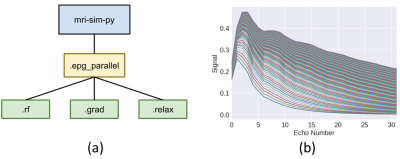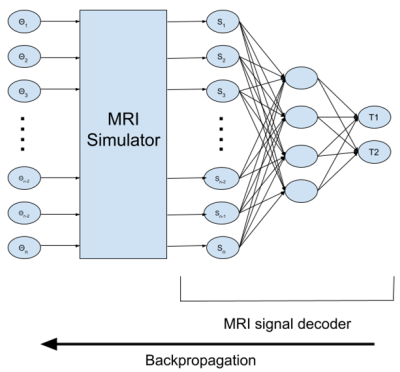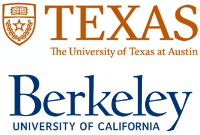Somnath Rakshit1, Ke Wang2, and Jonathan I Tamir3,4,5
1School of Information, The University of Texas at Austin, Austin, TX, United States, 2Electrical Engineering and Computer Sciences, University of California, Berkeley, Berkeley, CA, United States, 3Electrical and Computer Engineering, The University of Texas at Austin, Austin, TX, United States, 4Diagnostic Medicine, Dell Medical School, The University of Texas at Austin, Austin, TX, United States, 5Oden Institute for Computational Engineering and Sciences, The University of Texas at Austin, Austin, TX, United States
1School of Information, The University of Texas at Austin, Austin, TX, United States, 2Electrical Engineering and Computer Sciences, University of California, Berkeley, Berkeley, CA, United States, 3Electrical and Computer Engineering, The University of Texas at Austin, Austin, TX, United States, 4Diagnostic Medicine, Dell Medical School, The University of Texas at Austin, Austin, TX, United States, 5Oden Institute for Computational Engineering and Sciences, The University of Texas at Austin, Austin, TX, United States
We present an open source, GPU-accelerated EPG simulator in PyTorch. Since the simulator is fully differentiable by means of automatic differentiation, it can be used to take derivatives with respect to sequence parameters, e.g. flip angles, as well as tissue parameters, e.g. T1 and T2.


